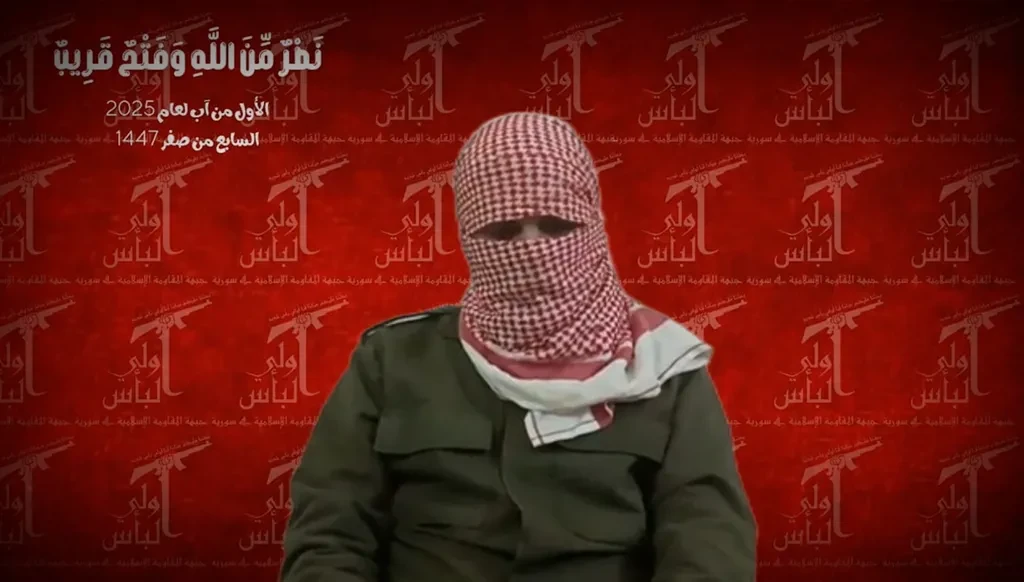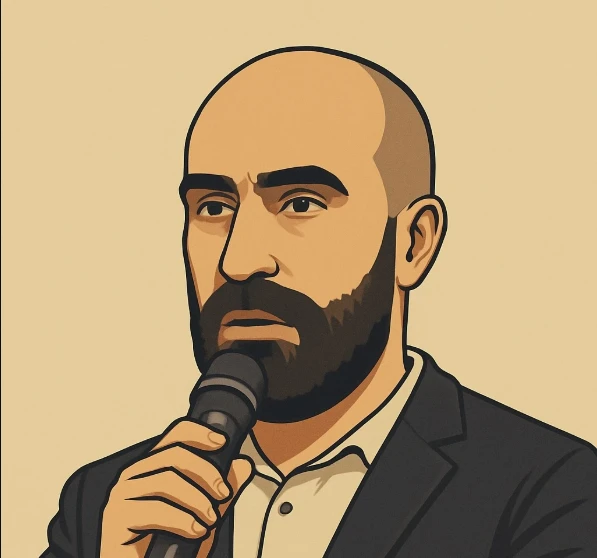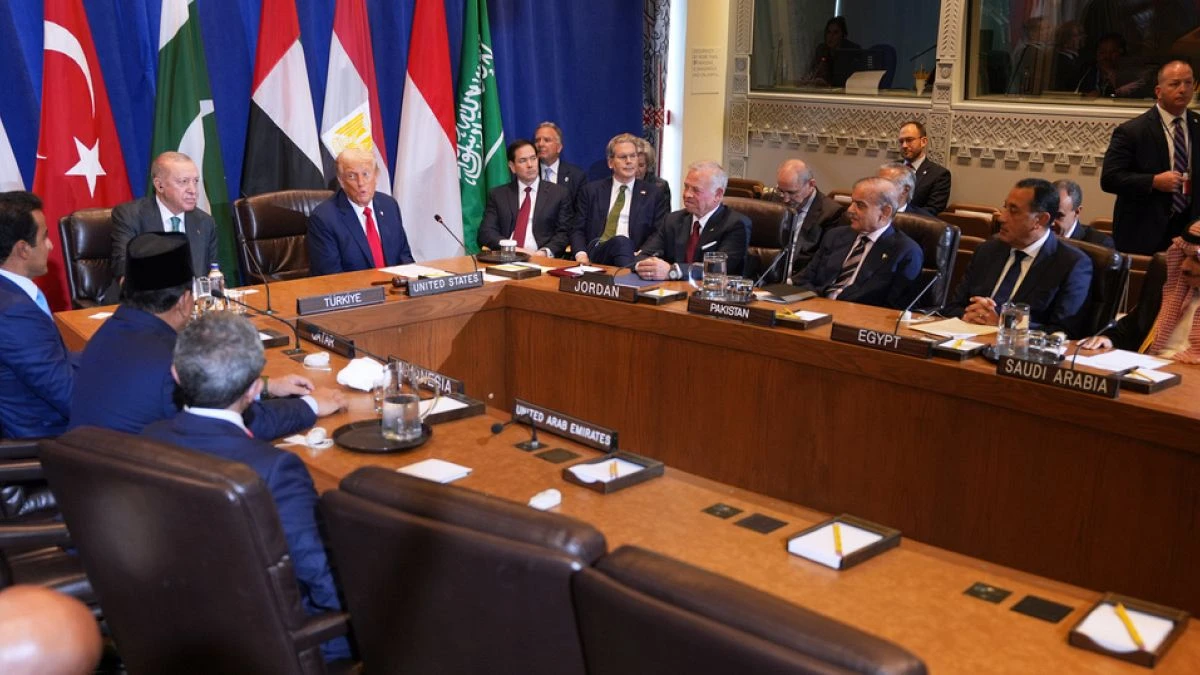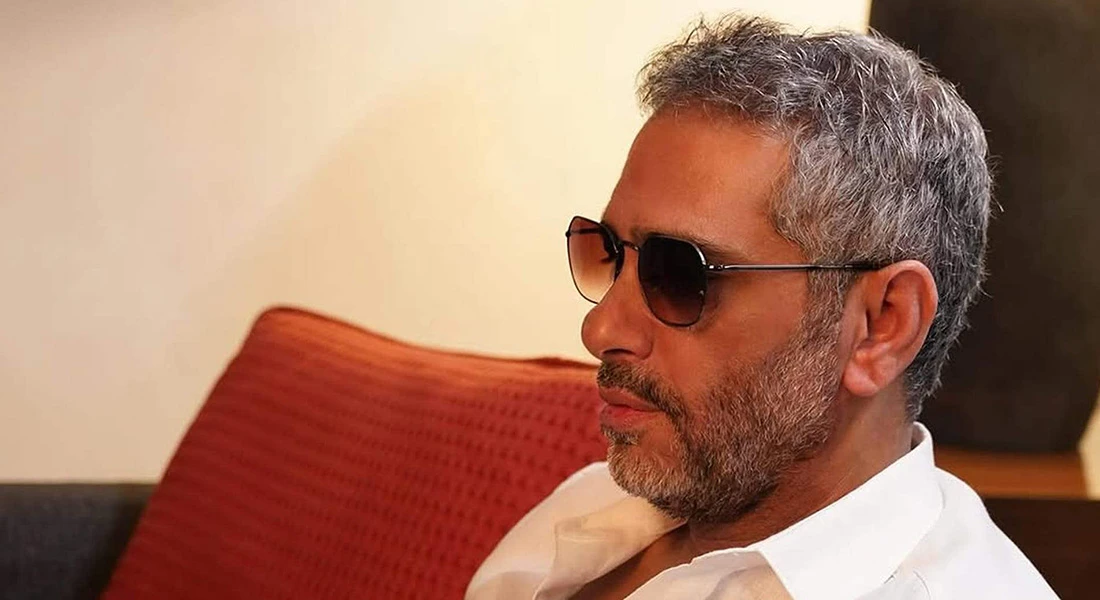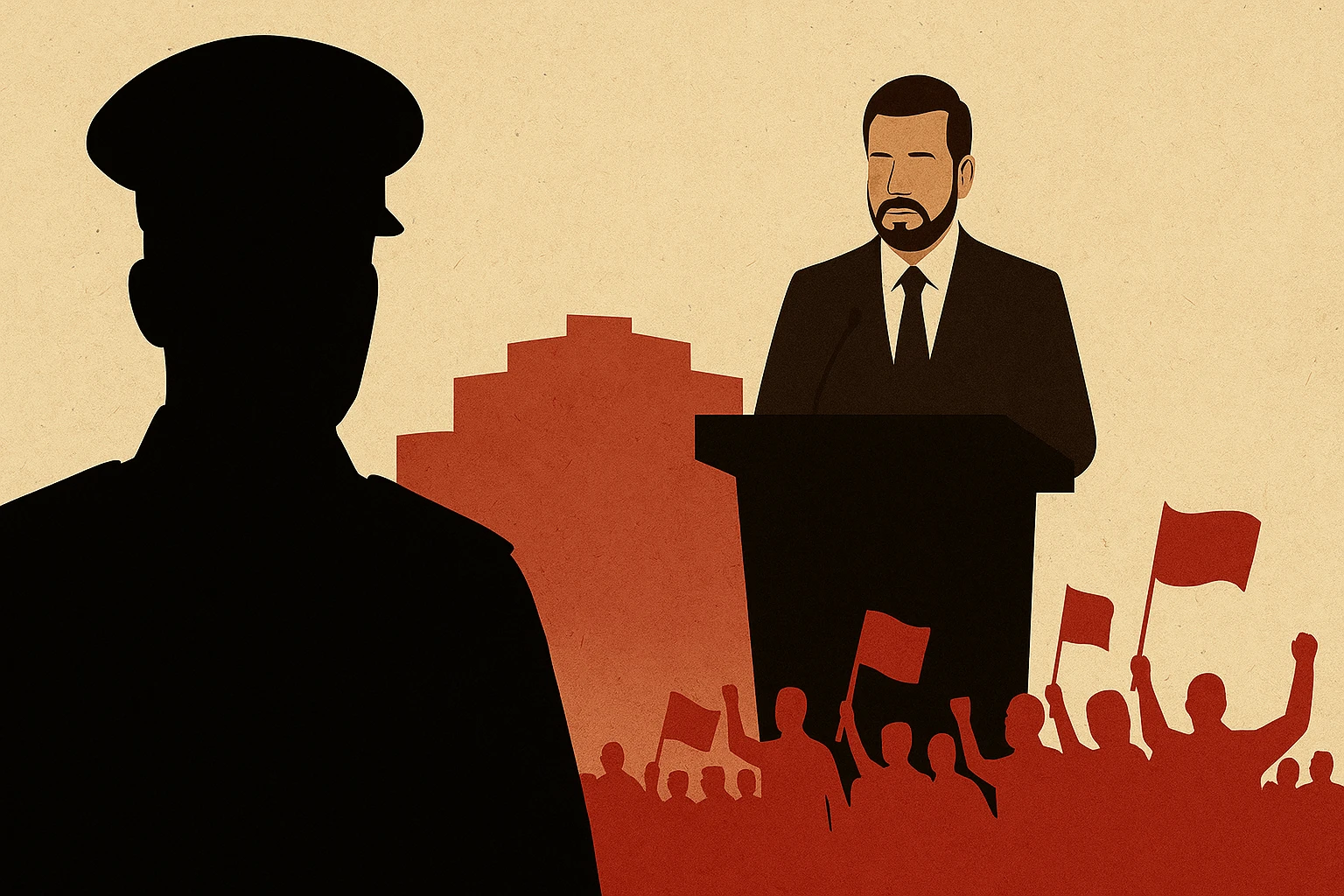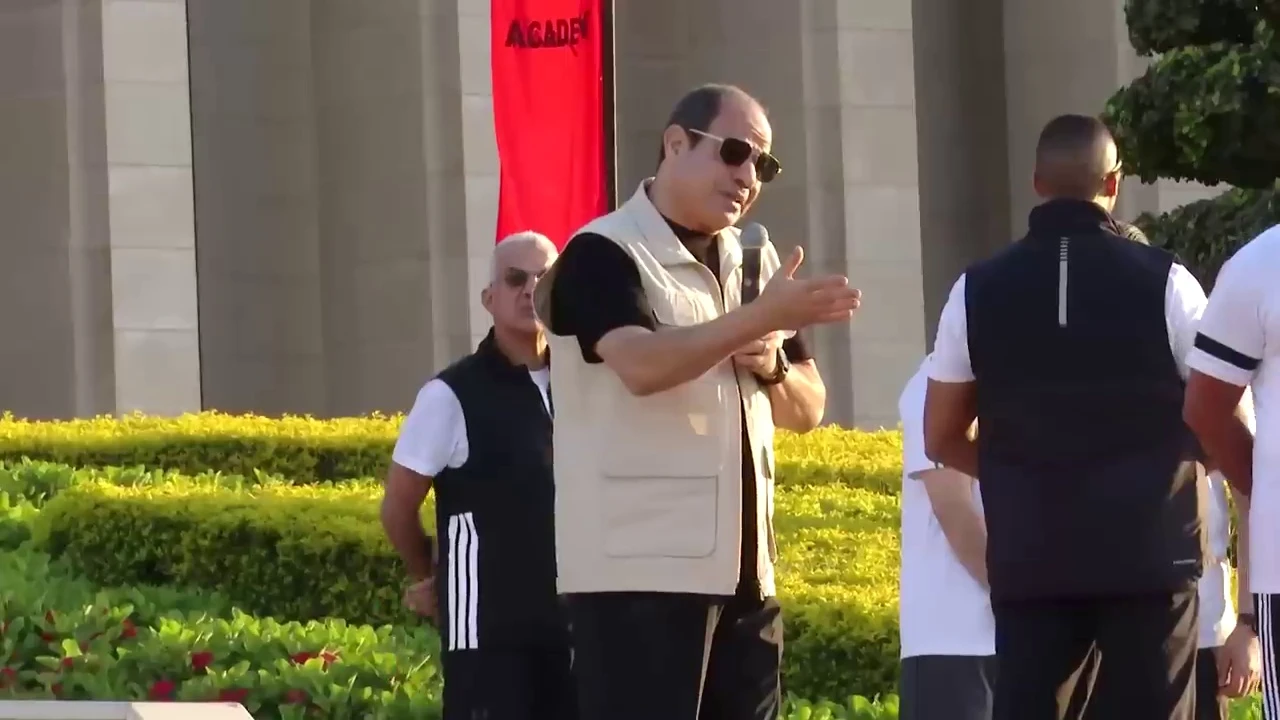Storming of Al-Masara Police Station: Did Egyptian Media Reveal More Than It Denied?
This is an AI-generated English translation. The original text is in Arabic.
Yesterday, social media was abuzz with a controversial video published by a Telegram channel calling itself "The Nation's Flood." In this video, young men are said to have managed to storm the National Security Office at the Ma'asara police station in Cairo and hold an officer hostage.
While the Ministry of Interior quickly issued an official statement denying the authenticity of the video, it was striking that the pro-government Egyptian media adopted an unusually escalatory rhetoric against the Muslim Brotherhood, while some narratives were varied and contradictory. The campaign was particularly fierce against the Brotherhood, citing "Hasm," where the Ministry's latest narrative remains highly questionable.
This variation opens the door to a broader analytical reading: Were the official and media reactions actually denying the incident, or indirectly confirming it?
Ministry of Interior: Denial of "Form" but Not "Substance"
The Ministry of Interior issued a statement claiming that the circulated video is "fabricated," and that the documents published alongside it "bear no relation to reality." It also announced the arrest of those responsible for preparing and promoting the material.
However, it is noteworthy that the statement:
-
Did not categorically deny the essence of the claim, namely that a security facility was stormed, but rather denied the video. The ministry's denial of the video may imply a denial of the entire incident, but the denial statement was lacking in this case.
-
Did not use explicit phrases such as: "No storming occurred."
-
Did not attach counter-evidence (photos, videos from the site, or witness statements).
-
Focused more on "who published" and "why it was published," rather than on "what actually happened."
Evaluation:
This statement carries a defensive rather than an offensive tone, and seems more like an attempt to contain the media impact of the incident rather than to refute it on the ground. This reinforces the hypothesis that an actual security event did occur â or at least a genuine state of alert that raised official concern.
The ministry denied the authenticity of the video without explicitly denying the content of the incident. This distinction is important: even if the video is proven to be fabricated, it does not necessarily mean that the event did not occur, but only that its depiction is not real.
It is notable that there is a lack of any field coverage in traditional official media â which increases the ambiguity surrounding the incident and opens the door to multiple interpretations, as official media only referred to the Ministry's statement.
Egyptian Media: Five Layers of Discourse
The tweets from pro-government Egyptian journalists varied in form and content regarding this incident, differing in tone and context depending on the timing of their publication. These statements and tweets varied significantly, and we can categorize them into five layers, namely:
Layer One: Punitive Escalation
Ahmed Moussa â a journalist closely aligned with security agencies and Sisi â called for the use of brute force against the Muslim Brotherhood and all enemies of the nation, as well as the execution of death sentences issued against leaders of the Islamic movement in Egypt, to emphasize that deterrence is the only means to achieve security.
He also accused opponents of the regime â as is customary â of being "terrorists and traitors," asserting that they are working to overthrow the state.
Evaluation:
The intensity and harshness of Ahmed Moussa's tone confirm that he does not view what occurred as a rumor or media fabrication, but as a genuine threat that requires a violent and decisive response.
This rhetoric aims not only to mobilize the public against the "traditional enemy" (the Brotherhood) but also reflects a degree of discomfort within state apparatuses regarding the nature of what transpired and its public resonance.
It is striking that Moussa did not directly mention the incident, nor did he deny it, but chose to leap over the details of the event to call for a return to absolute security measures and the execution of sentences, as if the message directed is not only to the public but also to decision-makers.
This type of escalation suggests that the regime, or at least its close media circle, prefers to activate collective deterrent tools in response to any symbolic breach, no matter how limited, reflecting a "preemptive response" mentality that dominates state thinking in moments of vulnerability.
Layer Two: Framing as a Grand Conspiracy
-
Nashaat Al-Daihi: Described the incident as "The Ma'asara Film," produced by "lone wolves" as part of a grand Brotherhood plan.
-
Louay Al-Khateeb: Linked it to attempts to undermine stability and distort Egypt's role in Palestine.
-
John Al-Masri: Claimed it is a systematic campaign by hired states and a terrorist group to overthrow Egypt.
Evaluation:
This tone of discourse does not deny the event but frames it within the narrative of a "grand conspiracy," which implicitly acknowledges the occurrence of some incident, but interprets it as part of an external plot targeting the security and stability of the state.
This pattern is typically used to shift focus away from the details of the incident itself (how did it happen? Who is responsible? Is there a security flaw?) towards external questions concerning the enemy, conspiracy, and plotting.
In this context, Nashaat Al-Daihi's attempt to portray the incident as a "film," while it may seem an attempt to undermine credibility, backfires when he describes the perpetrators as "lone wolves," implying an implicit acknowledgment of a breach, even if it came from individual elements.
Here lies the paradox: instead of denying the event, it is reproduced in a security-media language that sees it as a threat consistent with a "grand Brotherhood plan," thus turning the acknowledgment of the incident into a means to justify escalation, rather than to deny it.
Layer Three: Questioning Operational Details
-
Moustafa Bakri: Claimed that the story is "fabricated from beginning to end," and asked: How can one reach the fourth floor under security protection?
-
Commander Abdullah: Questioned whether there is even a fourth floor in the Ma'asara station.
-
Dalia Abu Omar: Expressed doubt about the possibility of storming the station with a light weapon ("pistol"), and hinted that the building does not have a fourth floor â based on the photos.
Evaluation:
This language attempts to undermine the logical possibility of the incident occurring, but does not explicitly deny it; rather, it questions "Is it reasonable?" This tone is more defensive than offensive, and it seeks to show that the issue of the fourth floor â which is not clearly visible in the photo they published â is an important entry point to deny the incident.
As for questioning the existence of a fourth floor based on an exterior photo of the building, this argument remains inconclusive, as the circulated image does not show the entire angles of the building and does not confirm the number of floors from the inside. This weakens the validity of this visual denial.
Layer Four: Mockery and Deconstructing the Narrative
Using terms like "The Ma'asara Film" or mocking the scene (the building, the weapon, the fourth floor) aims to transform the incident from a threat into a "joke."
Evaluation:
In political communication, the use of irony and mockery, coupled with downplaying and skepticism, serves as a strategic tool when explicit denial of the incident is not possible or effective.
Instead of engaging in a direct confrontation with the event or providing a detailed field denial, official entities or pro-government media resort to minimizing the significance of the event and draining it of serious content by trivializing the context or focusing on marginal details like the weapon, the shape of the building, or the method of filming.
This approach contributes to transforming the incident from a security-political threat into mere "exaggeration" or "a comedic film," thereby weakening the emotional connection or potential public outrage, and providing the pro-regime audience with easily digestible counter-material that absolves them from confronting the truth or reassessing their stance.
Layer Five: Focusing on Who Published, Not What Was Published
The official and media discourse focused on "who published" the video and "their intent," without providing an alternative narrative for what happened at the Ma'asara station that night.
Evaluation:
This is an attempt to shift public opinion towards the necessity of paying attention to who published this matter, how, and why it was published, and to exploit it to steer the regime back to using terrorism as a means to support its survival, and to return to the previous state of affairs after 2014, despite the regime repeatedly declaring that it has eradicated terrorism.
Analytical Conclusion
After all that has been said, we can assert that all official and media parties did not clearly and explicitly deny the incident of the storming, but rather implicitly denied it by denying its causes or consequences or by questioning it.
The immediate media response to handle the event, in a security and media manner, carried a tone that confirms that the incident is real, and not merely a rumor or "a filmed and edited movie."
The multitude and variety of discourses and their differing formulations indicate a clear confusion and an attempt to absorb the impact of the sudden incident, while downplaying its significance and seriousness.
Summary of the Analysis: Unconvincing Denial... and Media Mobilization to Contain the Impact of the Incident
Most indicators suggest that the state has treated the incident as something that actually occurred, or at least dealt with its impact as a real event that warrants media and political mobilization.
It attempts to contain it through a multi-layered media strategy: from downplaying, to questioning, to accusing, to threatening.

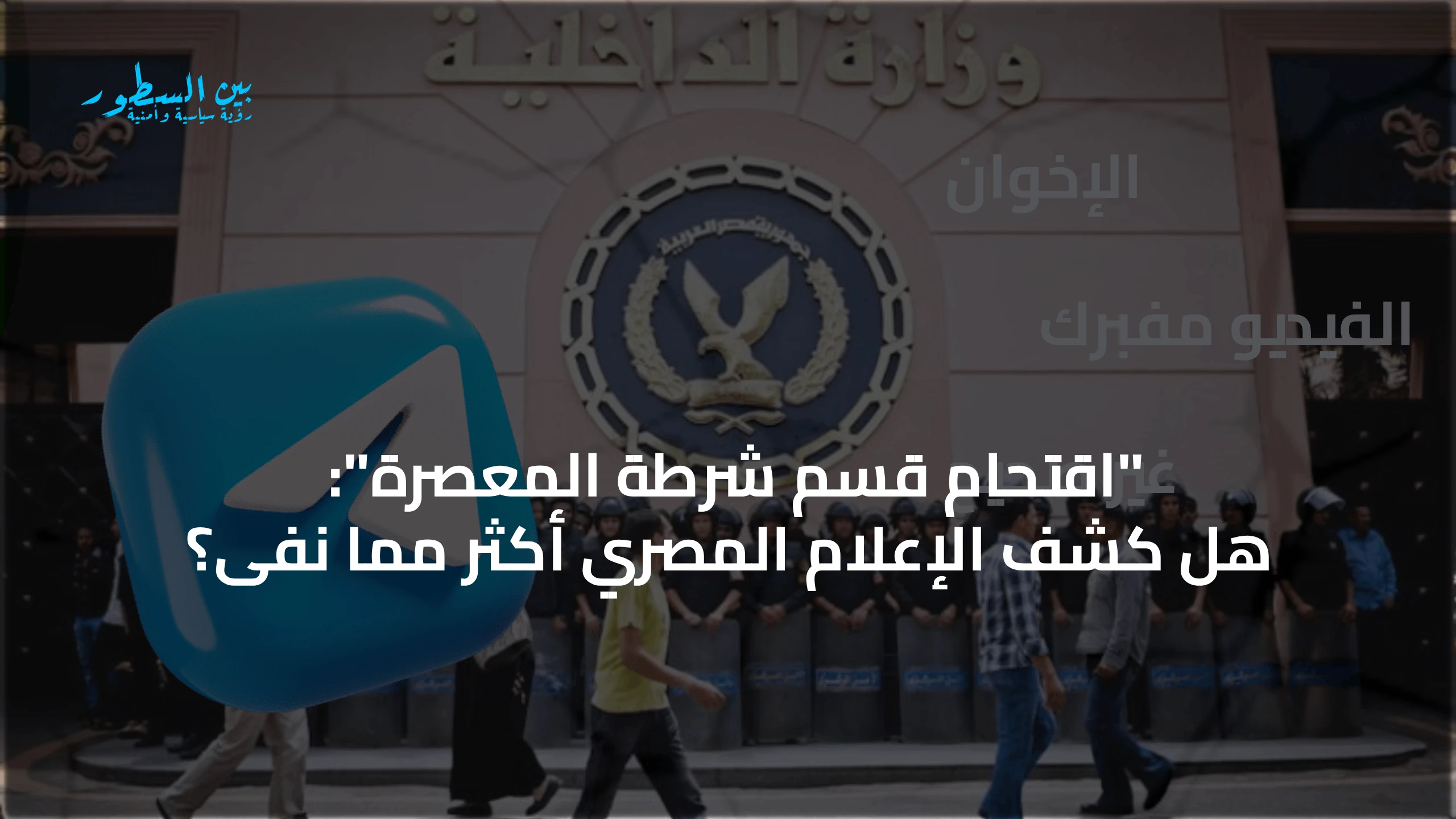
.webp)
